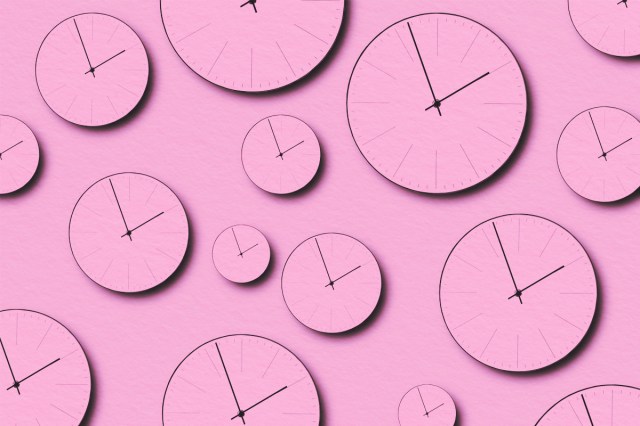Surprising Dating Etiquette From the 1950s
The world of dating has undergone significant changes throughout history, from arranged couplings in ancient Egypt to medieval courtship to the modern-day use of technology to find a partner. In the 1950s, dating was governed by a set of traditions and rules that reflected a postwar society that emphasized stability and conformity, and was largely influenced by the era’s adherence to traditional gender roles. Men were expected to take the lead, covering the bills and demonstrating chivalry, while women were held to standards of modesty and femininity.
Though they may feel antiquated compared to more recent moves toward gender equality, independence, and a rejection of rigid cultural norms, the conventions that defined dating in the ’50s are fascinating to look back on. Here are some of the rules that defined dating etiquette in the 1950s.

Women Didn’t Order for Themselves
The dynamics of a dinner date were markedly different in the 1950s. In a recovered ’50s article from British magazine Woman’s Own, a guide titled “How To Behave in a Restaurant” outlined a number of rules that applied to all male-female relationships, “whether he is your father, brother or boyfriend.” Women were expected to be demure and reserved, telling their male counterparts — the protectors and providers — what they wanted and allowing the man to place the order with the wait staff on their behalf.
Going out for dinner, while it did happen, wasn’t the default date at the time, especially for younger people: Group dates at sporting events, dances, or movies were the preferred way to get acquainted without spending too much time in private or spending too much money.



















